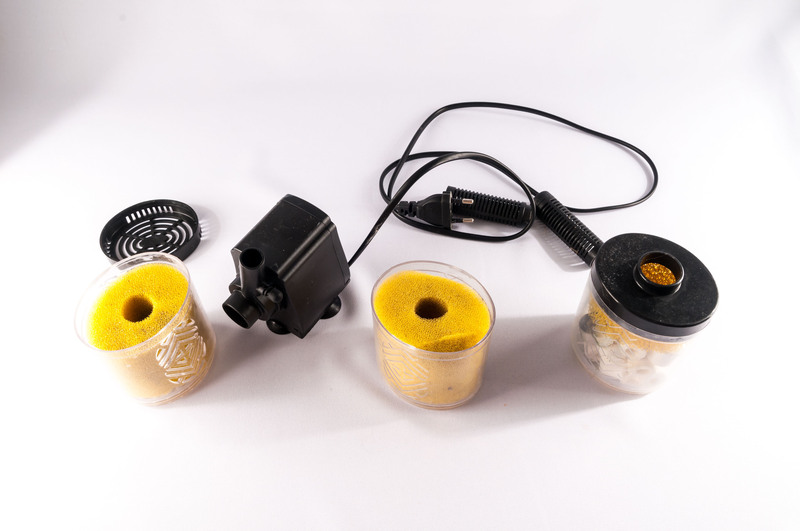What Makes Pianos So Difficult to Move and Why You Shouldn't Do It Yourself
If you own a piano, you already know how it fills a home with beauty and music. But when it comes time to relocate, you may find yourself facing a daunting question: Can I move a piano myself? While it might seem manageable at first glance, piano moving is an exceptionally challenging endeavor. This comprehensive article explains why moving pianos is so difficult, the risks involved in do-it-yourself piano moves, and why hiring professional piano movers is always the smart choice.
Understanding What Makes Piano Moving Difficult
Pianos are not just musical instruments; they are intricate works of engineering, with thousands of delicate components. To fully appreciate why pianos are hard to move, you need to understand the instrument's complexity.
The Sheer Size and Weight of Pianos
- Grand Pianos: These are the giants of the piano world. Even the smallest baby grand weighs 500-600 pounds (227-272 kilograms), while full-size grands easily tip the scales at 800-1200 pounds (363-544 kg).
- Upright Pianos: Although more compact, uprights are still massive--ranging from 300 to 800 pounds (136-363 kg).
- Digital Pianos & Keyboards: These are the lightweights, and most people can move them safely. However, this article mostly addresses traditional acoustic pianos.
Moving heavy furniture is hard enough, but a standard piano is more than just heavy--it's also awkwardly shaped, hard to grip, and unnaturally top-heavy. This combination makes maneuvering through doorways, hallways, or staircases a real challenge.
Irregular and Delicate Construction
An acoustic piano is composed of over 12,000 moving parts and several sensitive components, including:
- The cast iron plate (supports string tension; weighs hundreds of pounds)
- Soundboard (a thin, resonant wood surface that is extremely fragile)
- Hammers, strings, and action assembly (vulnerable to jostling and impact)
- Pedals and Pins (easily bent or detached without precise handling)
Even slight bumps, tilts, or pressure on the wrong points can cause serious, sometimes irreversible, damage to your piano.
Shape, Center of Gravity, and Distribution
Pianos have an off-balance center of gravity. Most of the weight collects toward the back (uprights) or one side (grands). They're also tall relative to their footprint, increasing their risk of tipping during transit. Common household dollies often aren't rated for their weight, further increasing the risk of accidents and injury.

Common Mistakes Made Moving Pianos Yourself
DIY piano moves might seem tempting, especially for those hoping to save money. Sadly, even strong, coordinated people make mistakes that can lead to disaster. Here are some of the most common mishaps:
- Improper Lifting: Lifting a piano without professional techniques and gear often results in strained backs, serious injuries, or dropping the instrument.
- Inadequate Equipment: Pianos require specialized skid boards, piano straps, and heavy-duty dollies--not regular hand trucks or furniture sliders.
- Poor Planning: Something as simple as a narrow staircase, small door frame, or tight corner can stop your DIY move in its tracks. Professionals measure everything in advance.
- Lack of Manpower: Pianos demand at least 3-5 trained movers to maneuver safely, not just a couple of strong friends.
- Underestimating Weather and Surfaces: Wet, icy, or uneven surfaces can further complicate a move and risk your piano slipping.
Why the DIY Approach is Risky for Both You and Your Instrument
Attempting to move your own piano puts more than just your back at risk. Here's why you should reconsider:
- Personal Injury: Serious injuries from lifting mishaps, pinched fingers, dropped pianos, or falls are common.
- Property Damage: Pianos can gouge hardwood floors, chip stairs, smash walls, or break through platforms.
- Instrument Damage: Most home insurance companies--and even music stores--won't cover damage if you move the piano yourself. Repairs cost hundreds to thousands of dollars, or the piano could be totaled.
- Tuning and Regulation: Even small moves can knock a piano out of tune and disrupt the action, leading to costly technician visits.
What Professional Piano Movers Do Differently
Why do professional piano movers have such a high success rate? It's not just muscle--it's training, experience, and specialized tools. Here's what sets them apart:
Specialized Equipment
Professional movers use gear made for the unique weight and shape of pianos:
- Piano Skid Board: This wooden platform stabilizes the piano and helps distribute weight for moves over surfaces and stairs.
- Custom Dollies: Heavy-duty, shock-absorbing dollies with the right load rating prevent tipping and floor damage.
- Moving Straps and Harnesses: Secure the piano to the board and ensure safe lifting techniques.
- Padded Covers and Blankets: Prevent scratches, finish damage, and buffer impacts and vibrations.
- Climate-Controlled Trucks: Maintain proper temperature and humidity, protecting the piano's delicate wood and action during transport.
Smart Techniques and Planning
Before a move, pros will:
- Measure every hallway, doorway, staircase, and elevator along the route to ensure the instrument fits and plan the safest path.
- Dismantle parts safely such as legs, lyres, or lids (for grand pianos) to prevent damage and aid transport.
- Secure and balance the piano throughout the move, using multiple points of support and communication among the team.
- Use ramps and lifts for outdoor steps or loading into vehicles, preventing dangerous tilting or jostling.
Insurance and Liability Coverage
A reputable piano moving company will insure your instrument and your home's property in case of accidental damage. Moving it yourself offers no such protection--and your homeowner's policy may refuse a claim related to a DIY piano move.
The True Cost of a DIY Piano Move
The main reason people try to move pianos on their own is to save money. However, factoring in the potential expenses, this is rarely the case. Here's why:
- Equipment Cost: Renting the necessary dollies, boards, padding, ramps, and a large enough vehicle could cost $150-$300 or more per day.
- Time Investment: Without experience, moving, loading, and unloading a piano can easily take four to eight hours--if everything goes smoothly.
- Tuning and Repair: Post-move, most pianos need professional, expensive tuning and possible repairs, especially if they're jostled or suffer climate fluctuations.
- Medical Bills: The risk of back, foot, or hand injuries can lead to lost wages and hundreds or even thousands of dollars in treatment.
- Damage to Home: scratched floors, chipped paint, broken doors, or destroyed trim are not uncommon liabilities of a failed DIY piano move.
In almost every case, the expense of hiring professional piano movers is far less than the potential losses from a botched move.

Frequently Asked Questions About Piano Moving
Can I Move a Piano Up or Down Stairs Myself?
Absolutely not. Even seasoned movers need four to six people for stairs, depending on the piano's size and layout. One slip can crash the instrument or severely injure someone. Professional movers use specialized stair-climbing dollies, harnesses, and advanced techniques for safety.
Is It Ever Safe to Move a Piano Yourself?
If you are transporting a very lightweight digital keyboard or a child's toy piano, a do-it-yourself move is manageable. Otherwise, for upright and grand pianos, leave it to the experts. Even moving a piano from one room to another can result in serious damage if not done correctly.
How Much Does Professional Piano Moving Cost?
Costs depend on the size and type of piano, distance, and any stairs or obstructions. Local upright piano moves can start as low as $150-$300, while larger grand piano moves or more complex circumstances may run $400-$1000 or more. This fee includes insurance, expertise, and peace of mind.
How Soon Should a Piano Be Tuned After Moving?
Piano experts recommend waiting at least two weeks after a move (to allow the wood/frame to acclimate) before tuning. Moving--even with professionals--may jostle strings or affect the instrument's "settling," making immediate tuning ineffective.
Conclusion: Why Trusting the Pros is Always Worth it
Moving a piano is a high-risk, highly specialized undertaking. The sheer weight, awkward center of gravity, and delicate construction make these beautiful instruments among the most difficult household items to move. The costs of DIY piano moving disasters--from injury to property and instrument damage--far outweigh the cost savings.
If you're facing a piano move, protect your investment--and yourself--by calling a certified, insured piano moving specialist. Their training, equipment, and knowledge ensure your piano arrives safely, ready to fill its new home with music for years to come.
- Don't risk your health or your treasured instrument by attempting to move a piano yourself.
- Let the professionals handle the heavy lifting and the peace of mind will be music to your ears!
Related Keywords Used:
piano moving, moving a piano, piano movers, professional piano movers, how to move a piano, why are pianos hard to move, piano mover equipment, moving upright piano, moving grand piano, piano moving tips, risks of moving piano yourself, DIY piano move, piano moving cost



